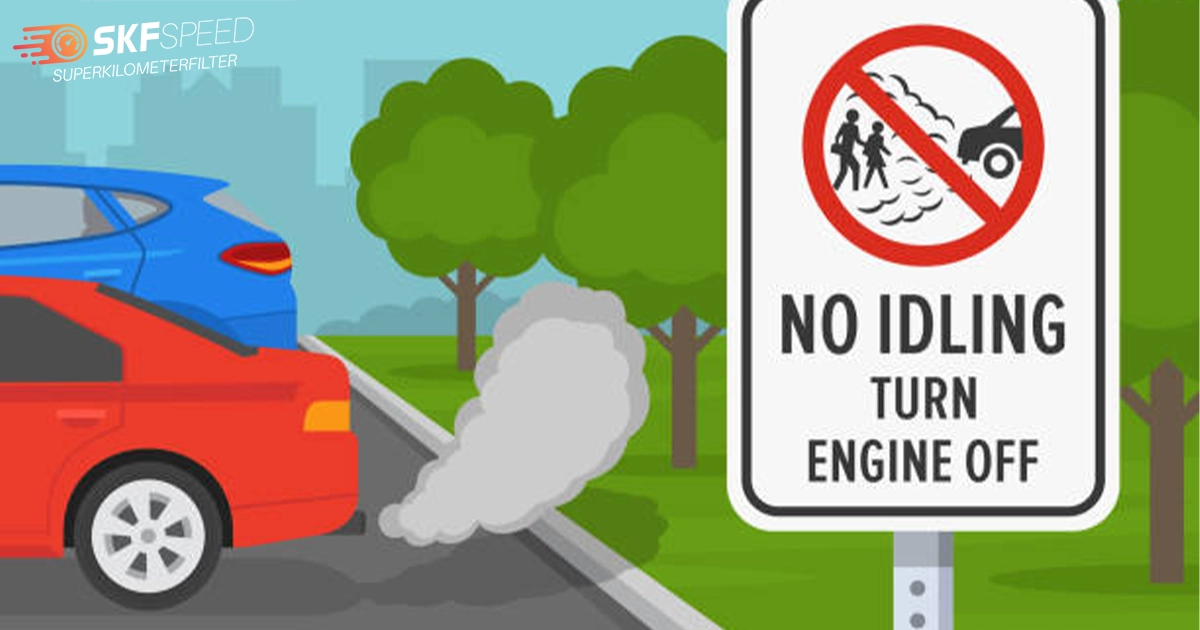
Engine hours vs idle hours is an important topic when we discuss maintaining a vehicle. Many car drivers overlook how this measurement can affect their automobile’s performance, maintenance costs, and even the overall mileage. Whether you drive a Ford, Mercedes, Toyota, GMC, or any other auto brand, knowing the difference between active and idle time can save you money and help you track vehicle wear more accurately.
In this blog post, we will discuss all the necessary information about engine hours and idle hours, the differences between them, and how to improve your car’s performance by knowing these details.
Before we compare engine hours and idle hours, it is essential to define them. Engine hours are the total time a vehicle engine was running. The main focus of this measurement is to determine how long the engine was operating, and it includes the time when the vehicle was in motion or stationary. On the other hand, idle hours indicate the time when the engine is on but the automobile isn’t moving.
Many drivers don’t realize how much time their cars are idling, especially in urban areas or during cold weather. You might think idling is harmless, but over time, it actually increases wear and tear, affects fuel consumption, and can also lead to inaccurate mileage measurements.
Idling plays a crucial role in commercial vehicles and fleets. The U.S. Department of Energy notes that heavy-duty trucks can consume up to 0.8 gallons of fuel per hour. For a fleet of 100 vehicles idling 2 hours daily, this results in nearly 60,000 gallons of wasted fuel annually. This significant fuel waste not only increases operational costs for businesses but also contributes to environmental pollution. Therefore, it highlights the need for effective idling management strategies.
To accurately determine engine hours, you will need data from the vehicle’s onboard diagnostics (OBD) system. In most modern vehicles, particularly trucks and fleet cars, engine run time is a key performance metric. You can access this information through a diagnostic scanner or fleet management software.
In order to determine idle hours, we have two options: using advanced tracking systems that collect this data separately or manual estimation. Imagine a case where a vehicle operates for a total of 100 engine hours, but it only covers 2,000 miles. Given that the average speed of the vehicle is about 30 mph, we can conclude that it took approximately 33 hours of driving. Hence, there is a notable 67 hours of idle time. Most modern tracking systems simplify this process by automatically differentiating between driving and idle hours. This significantly makes the process easier for drivers. However, this option is not available in all vehicles, and consequently, sometimes we need to calculate it manually.

When considering engine hours vs idle hours in cars, a common question arises: how many idle hours equate to a mile? Experts estimate that one hour of idling is roughly equivalent to 25 to 30 miles of driving regarding engine wear. Of course, this can vary depending on the make and model of the automobile.
Why is it even important? Imagine you’re behind the wheel of a city delivery van, driving through familiar streets. You might think that driving just 50 miles a day sounds easy, right? But let’s take a second look. What if I told you that while you’re only covering 50 miles, your van is experiencing wear as if it had traveled 125 miles? How is it possible?
This happens when your engine idles for 3 hours during your stops. It’s surprising to realize that traditional mileage tracking can be quite misleading if you don’t consider that idle time. So the next time you check the mileage, remember it’s not just about how far you go but what happens during those times.
Engine hours vs idle hours might sound technical, but it’s a crucial aspect for anyone who wants to extend their vehicle’s life. Here are several reasons:
Imagine a bustling city where a bakery chain relies on compact delivery vehicles to bring fresh goods to its customers. Each day, these vehicles traveled an average of only 60 miles. Yet they spent 2-4 hours idling, mostly caught in traffic or waiting at customer stops. Using onboard diagnostic data, the bakery identified this surprising inefficiency. They adjusted their maintenance strategy to consider idle time. Because of this, they not only reduced engine failures by 30% but also extended the vehicles’ lifespan by two years.
A Texas construction company operating 20 Ford F-150 trucks found rising maintenance costs despite low mileage. After installing telematics, they discovered that each truck idled nearly 3 hours daily. In total, over 700 hours of idle time annually per truck. Across the fleet, this was around 400,000 extra miles of engine wear each year. The company revised maintenance intervals from miles to engine hours, which saved nearly $20,000 on unexpected repairs and downtime in the first year.
These examples demonstrate how integrating idle time into usage tracking can enhance vehicle health, decrease costs, and prolong automotive longevity.
Once you understand the concept of engine hours vs idle hours, you may question how to reduce idle time. Here are some useful tips:
Reducing idle hours saves fuel, extends engine life, and lowers maintenance costs. This small change will have a significant impact over time.
How can you track these numbers? Contemporary vehicles, particularly commercial models and trucks, are usually equipped with onboard systems that monitor and keep track of engine hours. Additional devices or apps can assist vehicles that do not have these features. Furthermore, many advanced fleet management systems now automatically track idle time and send the information to operators, which increases efficiency.
When you keep an eye on both engine hours and idle hours, you get a complete understanding of your vehicle’s condition. This approach goes beyond just what the odometer shows and helps us see how effectively the engine is used.
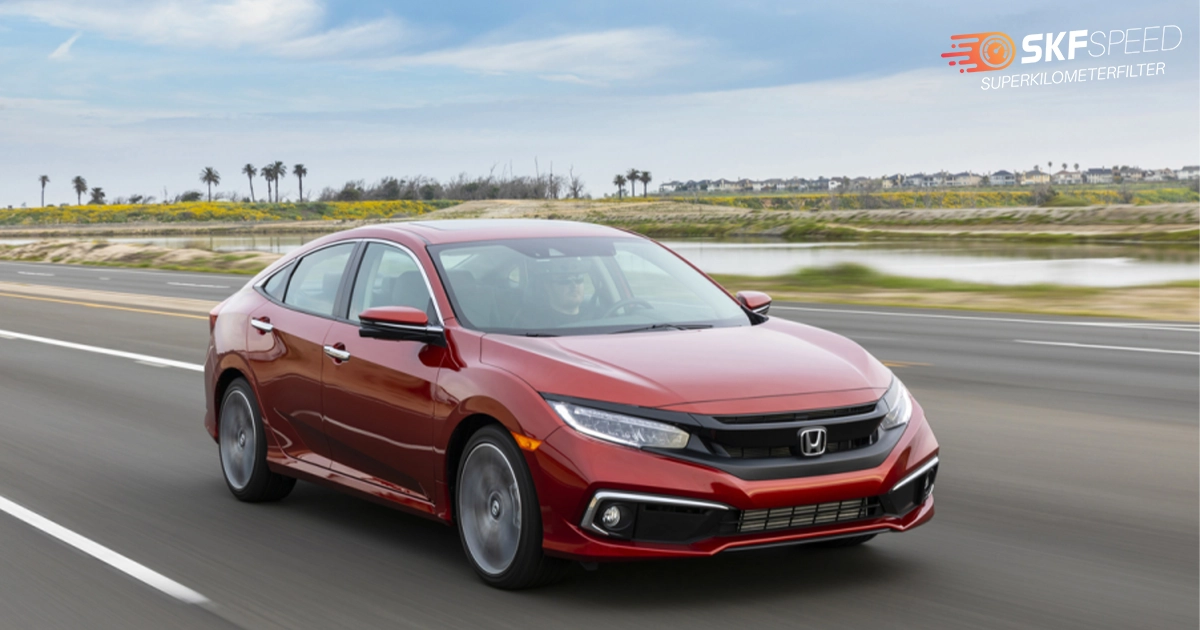
A mileage blocker is a high-precision device used for vehicle testing. This tool prevents a vehicle from recording mileage while it is in motion. This device is strictly meant for car testing purposes in controlled environments—not on public roads. The mileage blocker allows testers to assess engine behavior without affecting the odometer reading. This is especially useful when evaluating auto performance under idle conditions.
When you compare engine hours vs idle hours for modern vehicles, including popular brands like Ford, you’ll find that mileage alone doesn’t show you the complete picture. Your car can experience significant engine wear from being idle, even if it has low mileage. That’s why it’s important that you track both metrics to get precise information.
The mileage blocker from SKF uses premium quality materials that guarantee efficiency even in harsh weather conditions. It also has a mobile app that allows you to monitor and manage the device from your smartphone. What’s even better? You don’t need to visit a professional mechanic for setup. The mileage blocker has do-it-yourself installation guidance, so that you can install it by yourself.
The main advantage of the device is that it is untraceable both by scanning tools and mechanics. You can now buy the SKF mileage blocker online anytime. For any additional questions, please get in touch with customer service representatives or check the support page.
Understanding engine hours vs idle hours is essential for accurately measuring vehicle usage, reducing maintenance costs, and improving overall engine performance. Whether you’re just driving your personal car or managing a fleet, tracking both metrics gives you a deeper understanding than just overall mileage alone. With tools like the mileage blocker, you can perform precise engine tests, allowing you to make smarter, data-based decisions that will help extend the life of your vehicle and boost efficiency.
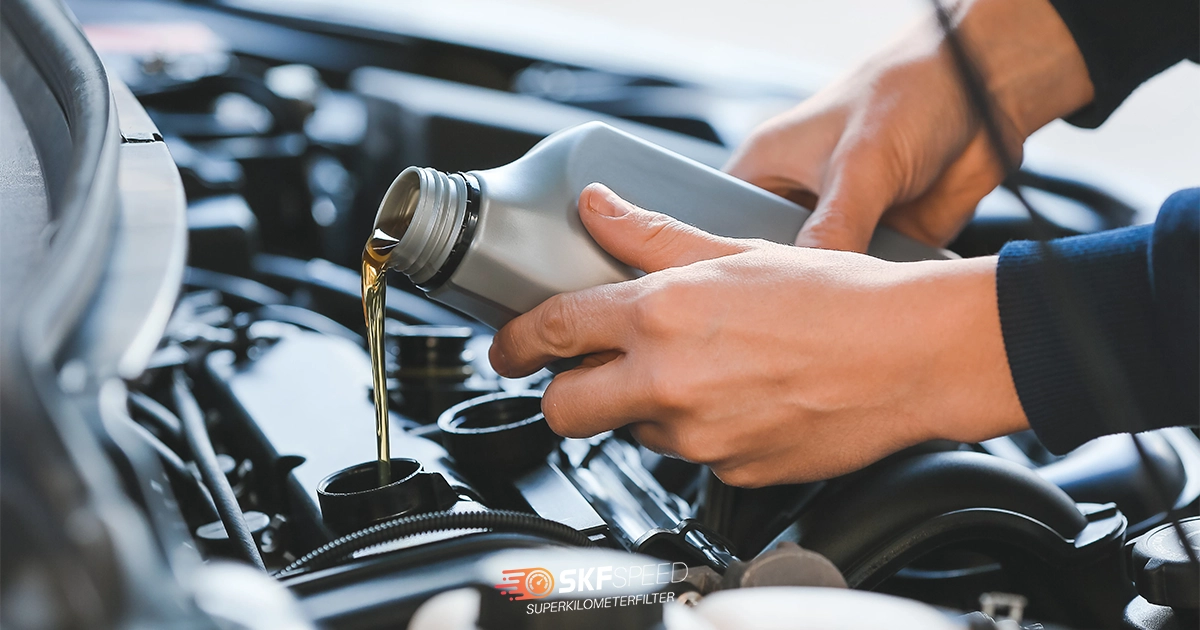

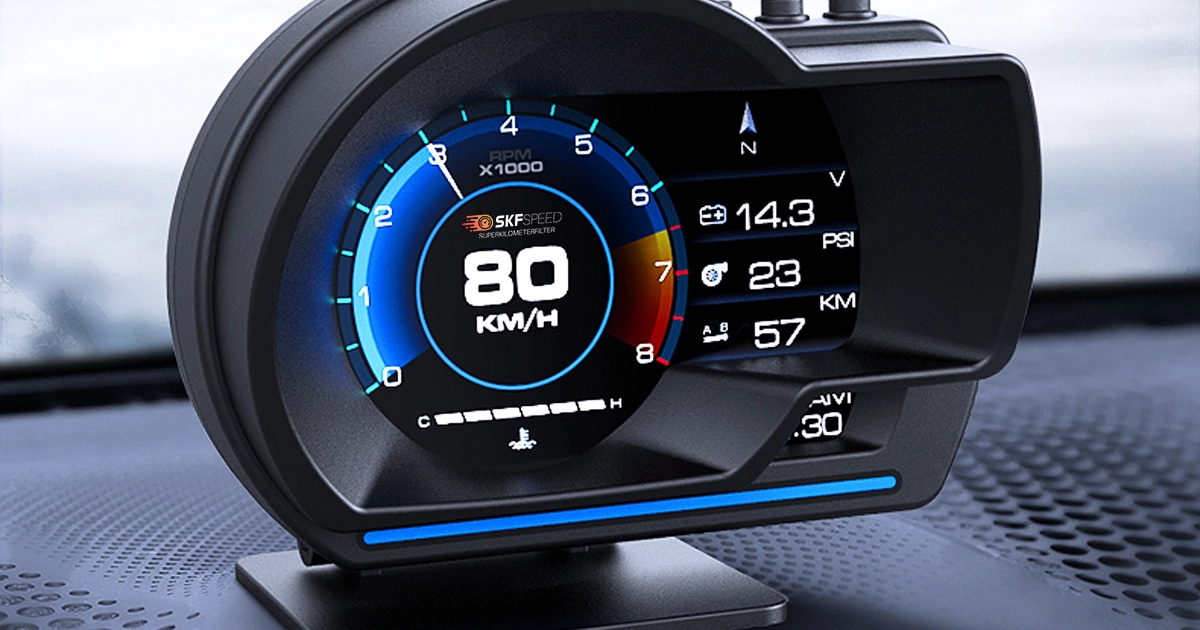

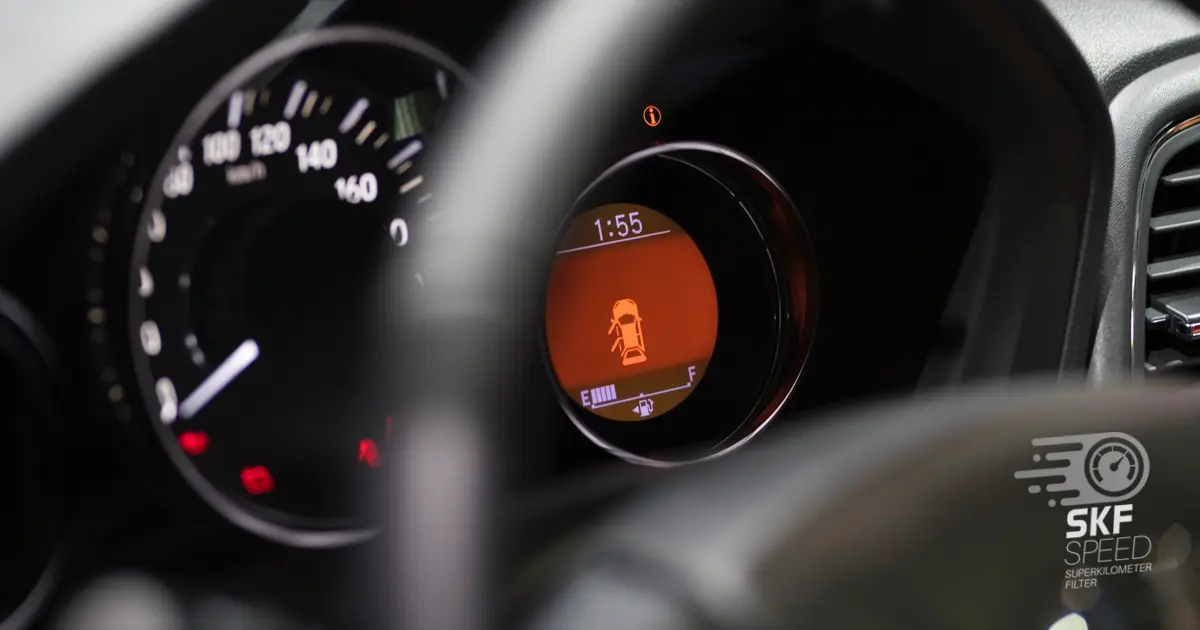


Here you will find all the details about our company
Here you will find shipping and return related information
Here you will find information on all technical questions
Here you will find helpful information about installation